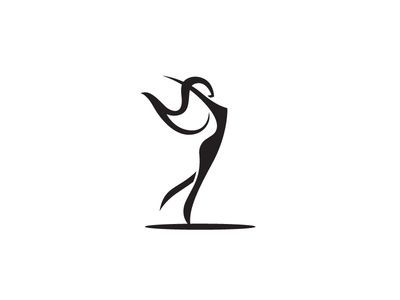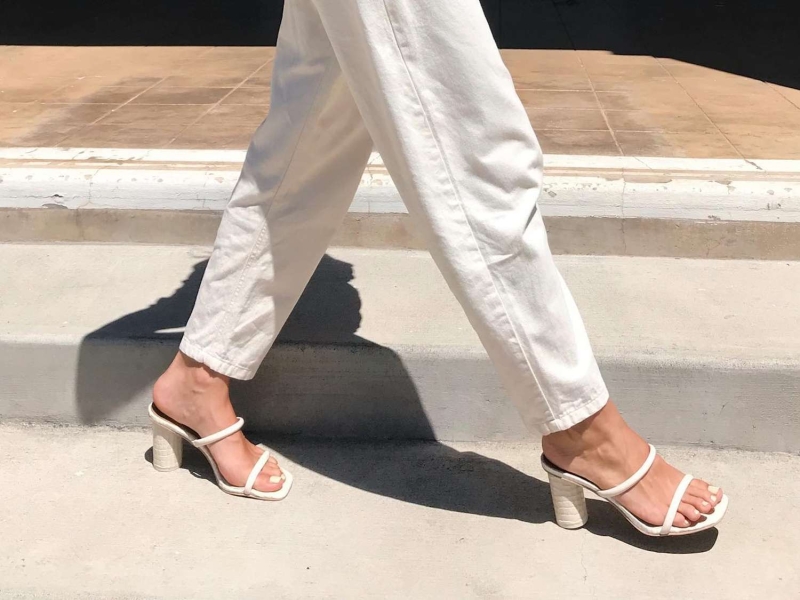Contents
The Best Styles to Try The Final Takeaway
Heels are my ultimate accessory, but as I get older, I wonder if I really have to give up comfort for style. We’re finally moving past the idea that “beauty is pain,” so, if you want to wear heels without needing to soak your feet afterward or treat blisters, the best plan is to look for a more comfortable style. The good news is you don’t have to give up heels entirely to save your feet: A few key designs, including some trending options, will help you stay stylish while feeling like you could walk for miles. Ahead, we got two podiatrists’ insights on the five most comfortable heels styles to try, complete with product picks.
Why Are Heels So Uncomfortable?
"Stating the obvious a bit here: Our bodies just weren't designed to wear high heels," podiatrist-turned-footwear designer Marion Parke tells Byrdie. "The calcaneus (or "heel bone") and the talus (one of the "ankle bones"), for example, are much larger than the smaller phalangeal bones and metatarsal heads of our forefoot (or "ball" of the foot)." That means high heels create focal pressure and repeated impact on the smaller structures—like the balls of our feet—that can lead to pain and injury.
The above point is why our feet are often sore after a long day at work or a night out on the dance floor in heels—but even with the knowledge and physical implications, most of us aren't giving heels up any time soon. Parke notes that even the American Podiatric Medical Association (APMA) has acknowledged this, but they still cite we must learn smarter ways to wear heels.
How to Choose Comfortable Heels
Consider the Design
One fact that might feel like a bummer is that any heel over two inches can be problematic for feet (though there are some workarounds we’ll get to later). Heel height and shape (think: feet-numbing stilettos versus square-toed styles) can both go a long way in whether a pair of heels are comfortable, but Parke says that these aren’t the only things to consider. “In footwear production, millimeters count,” Parke shares. Ultimately, that means that some flats or kitten heels can be just as uncomfortable as sky-high stilettos (as anyone who survived the early aughts ballet flats era before their modern renaissance knows well).
Try New Shoes in the Evening
As you rework your heel collection, Miguel Cunha, DPM, podiatrist and founder of Gotham Footcare, says the time of day that you try on new footwear matters. “Always buy your heels at the end of the day, when your feet are most swollen due to the cumulative effects of gravity” he advises. “If your heels feel comfortable at the end of the day when your feet are in their worst shape, they will be more likely to feel comfortable throughout the day.”
Choose Leather and Suede Styles
In addition to the design, the materials your shoes are actually made of can affect how they feel as you wear them. Cunha recommends purchasing heels designed with leather or suede, as the shoes will feel more comfortable over time and last longer.
Keep reading for the five most comfortable heel styles that podiatrists recommend to keep your feet happy and healthy without sacrificing style.
The Most Comfortable Heels to Try
Platforms
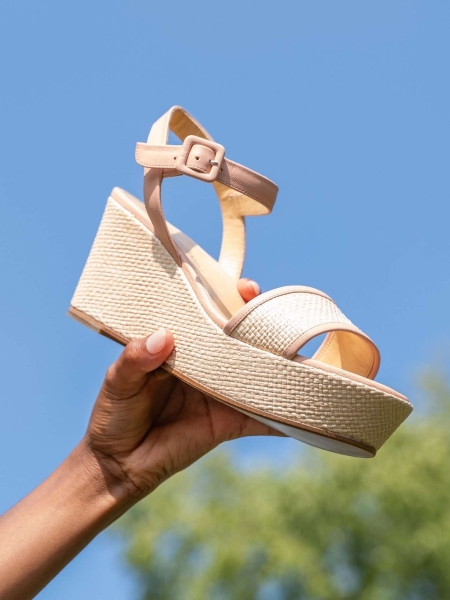
Looking to remove uncomfortable stilettos from your daily rotation (we know they’ll still appear for special occasions), but not ready to say goodbye to the height? Parke says platforms—like any one of these sandal styles—can be a comfortable middle ground. “A platform can have an effective pitch that is lower than its overall height,” she explains. “For example, a platform could offer an overall height of 110mm (4.3″); however, if the platform component under the forefoot is 50mm (2″), then you’re not technically wearing a four-plus-inch high heel. Instead, you’d be wearing a 60mm (2.4″) heel.” We love the sound of that.
Click here to preview your posts with PRO themes ››
Product Picks
-
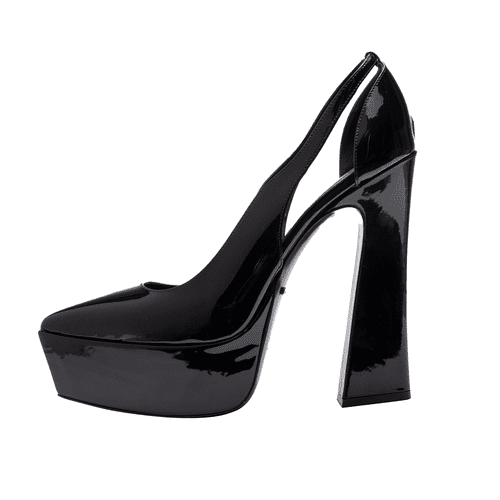
Kendall Miles
-

Katy Perry
-

Marion Parke
Block Heels
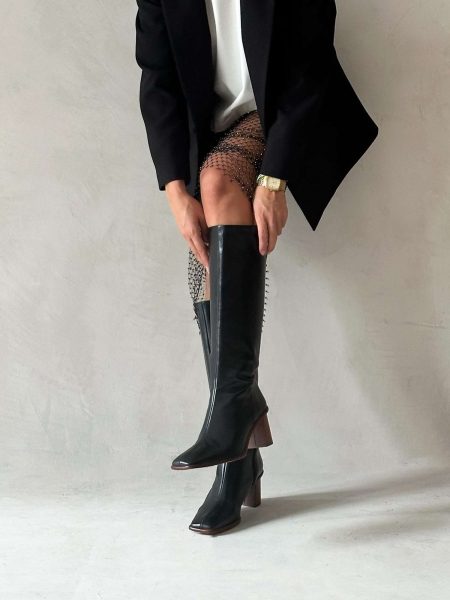
Block heels are a chic alternative to the stiletto and offer the same outfit versatility for this year’s trends, complementing oversized suiting, sequins from head to toe, and preppy chic. Block heels also provide increased stability thanks to the expanded surface area. However, one component of the shoe structure is vital, even if you find the perfect heel: the width of the toe box. Cunha says that avoiding pointed and narrow toe boxes will not only help avoid throbbing feet and toes, but can prevent the formation of bunions, hammertoes, corns, and calluses.
Product Picks
-
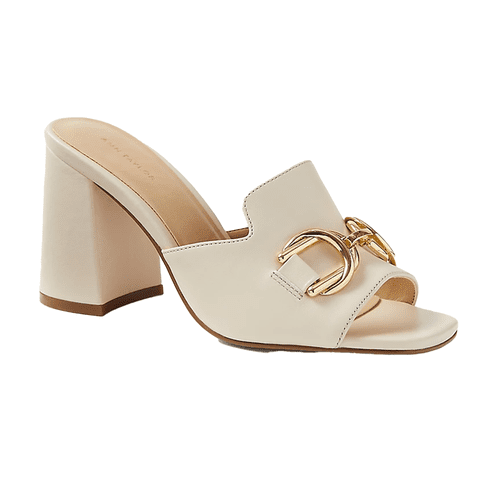
Ann Taylor
-
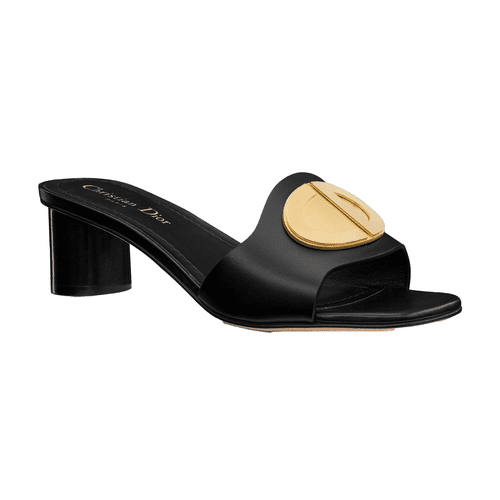
Dior
-
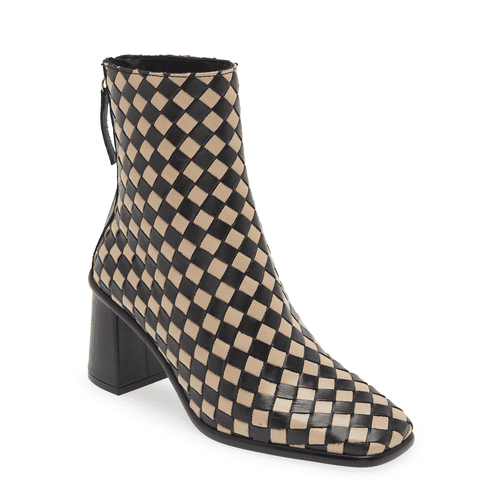
Alohas
Open-Toed Shoes
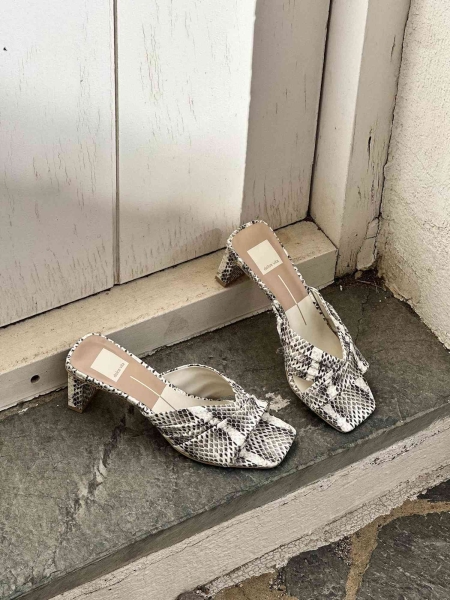
Have you ever worn heels that you thought were a perfect fit, but your toes were screaming? That's sadly a pretty standard experience, as "wearing high heels compresses the toes together, causing the big toenail to grow into the skin and eventually resulting in an ingrown toenail," Cunha tells Byrdie. Parke suggests wearing open-toed shoes to avoid this mishap altogether by preventing stress and taking pressure off the toes.
Product Picks
-

Tory Burch
-

Brandon Blackwood
-
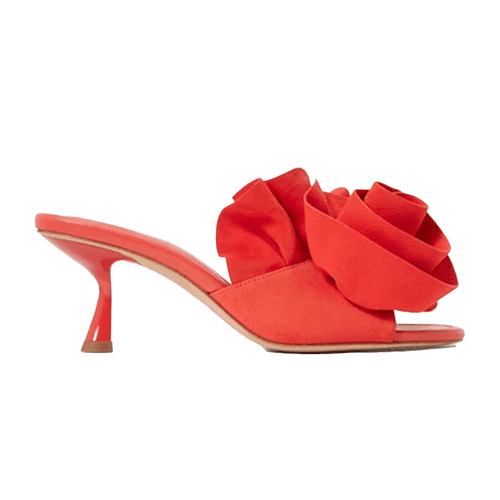
Kate Spade
Flatforms
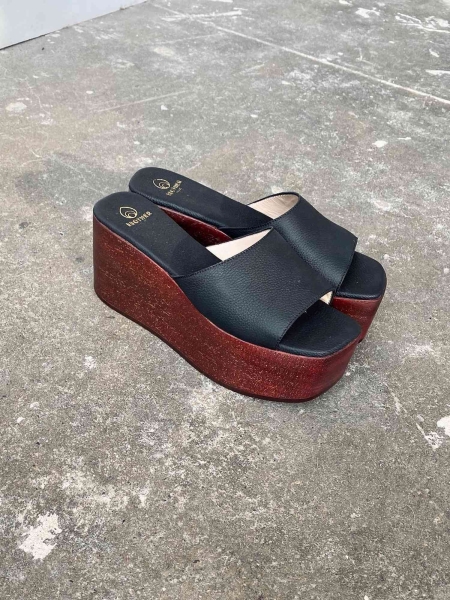
Flatforms are everywhere, and thanks to their comfort and style, we see why they're so popular. If you're wondering the difference between these and regular platforms, "flatform[s] have a thick sole like platform shoes, but they differ in that the sole is uniformly flat with no height difference between the toe and the heel seen in traditional platform shoes," Cunha explains. Flatforms have designs with and without ankle support, which Cunha says can be safer than wearing heels. However, he notes, "Having ankle support is preferable, especially if you suffer from ankle instability or plan on doing a good amount of walking or dancing and require more stability."
Product Picks
-

Brother Vellies
-
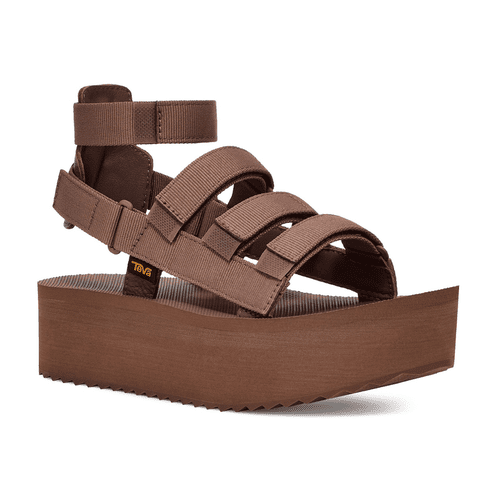
Teva
-

Chloé
Low Heels
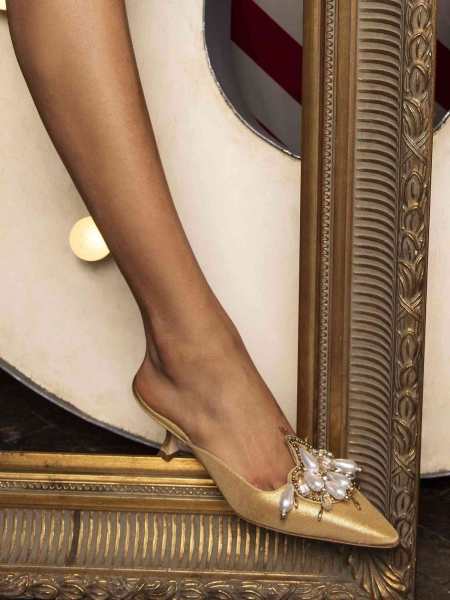
All of our experts recommend a two-inch heel or lower because, as Jacqueline M. Sutera, DPM, who specializes in women’s foot care, tells Byrdie, wearing high heels shifts your weight unnaturally forward to the ball of your foot and changes your entire biomechanics as you walk. “They also force your knees and hips to shift forward while your back hyperextends backward.” Sutera tells us the serious, long-term effects of this change in biomechanics include hammertoes, bunions, toenail damage, shortening of the Achilles tendon, knee, hip, and back problems, and arthritis.
While this recommendation might seem quite boring, we promise there are stylish yet comfortable low heels that work well with everything from denim and a crisp white button-down to the suiting trends of the season. Many of the most fashionable options are mules, but getting the proper fit can be tricky because it can look like the heel of your foot is hanging over the back of the shoe. Parke recommends a slight size change to prevent this: “Consider trying a half size up and comparing it with your usual size to avoid that look.”
Product Picks
-
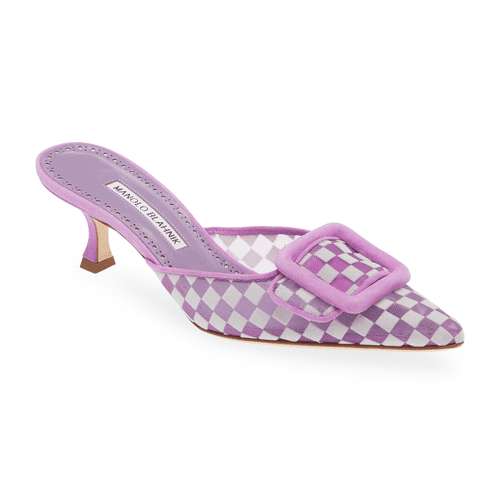
Manolo Blahnik
-
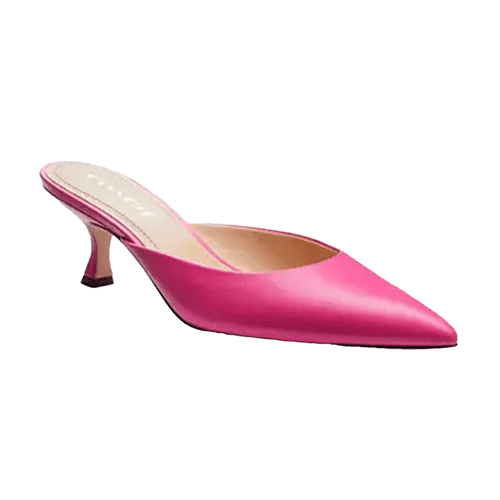
Coach
-
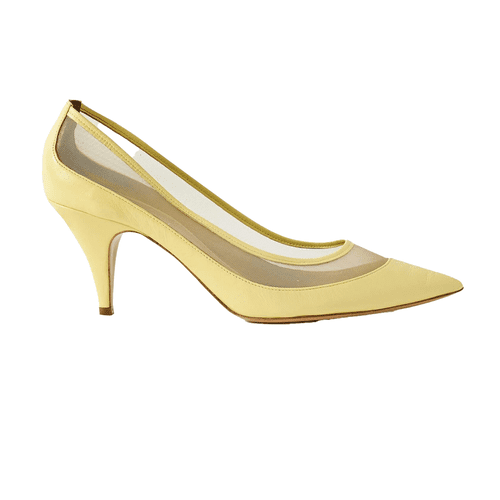
Khaite
The Final Takeaway
Heels are a fun way to express your style and pull an outfit together in seconds, but wearing them long-term isn't great for your feet. Luckily, there are still ways to mindfully wear heels without giving them up entirely. As our podiatrists emphasize, simple details like a platform or block heel, open-toed shoes, and leather and suede fabrics can make a difference in how you care for your feet without giving up style. While our experts aren't keen on sky-high stilettos, they do have a few tips for if you do wear them. Cunha recommends saving high heels for special occasions: "Carry them in your bag and put them on once you arrive at your occasion." He also says to remember to stretch: "Stretch your arch and Achilles tendon for five to ten minutes before and after wearing heels [and] during the day, take off your heels occasionally to stretch and relax your feet."
For an extra self-care moment, Cunha also recommends an end-of-the-day Epsom salt soak to help relax the muscles in your feet and improve circulation. Last but certainly not least, he says, "Regardless of heel height, if you feel sudden pain or discomfort that lasts for more than a week, call your foot doctor."
